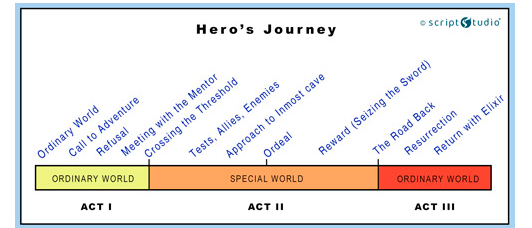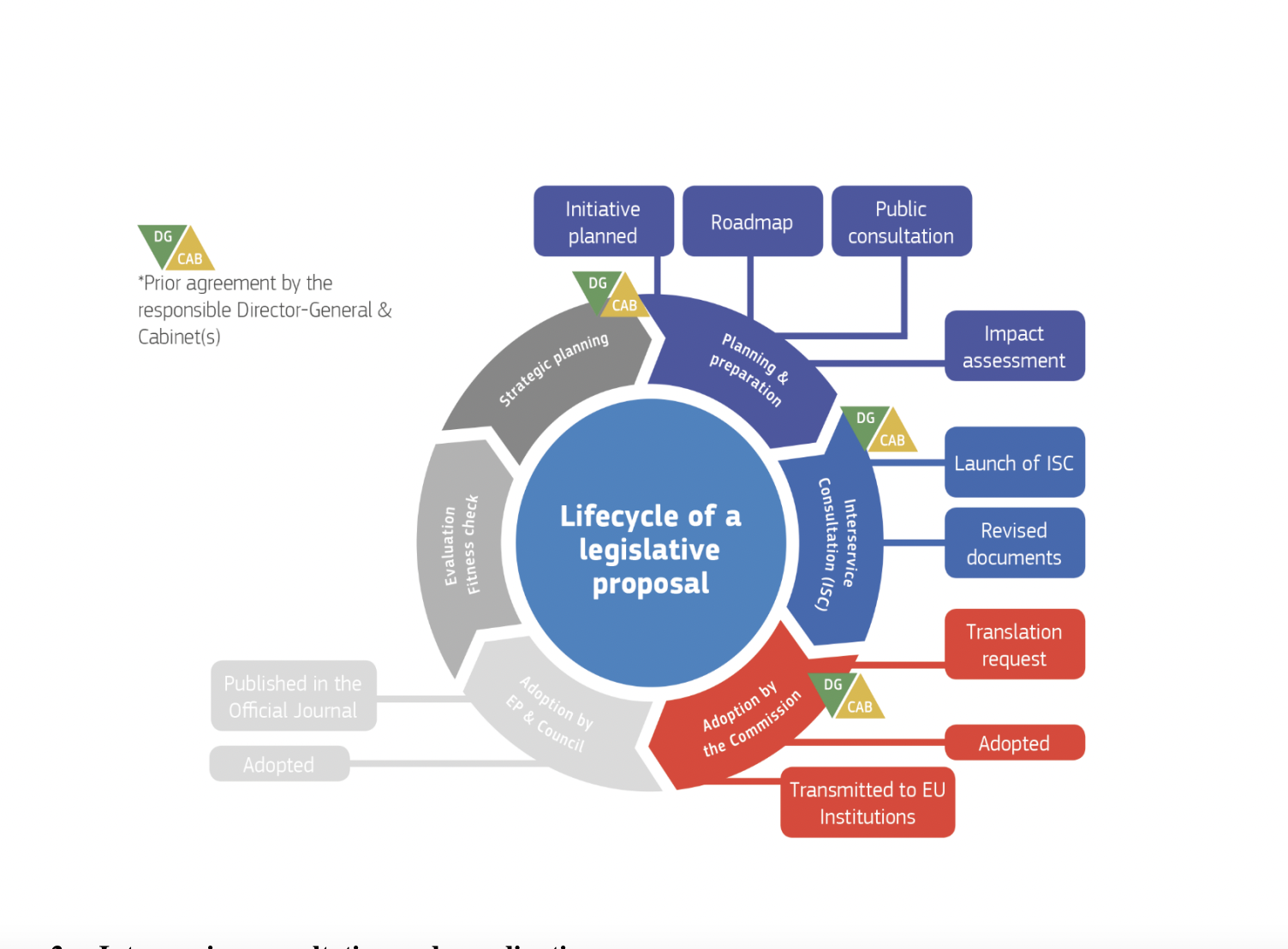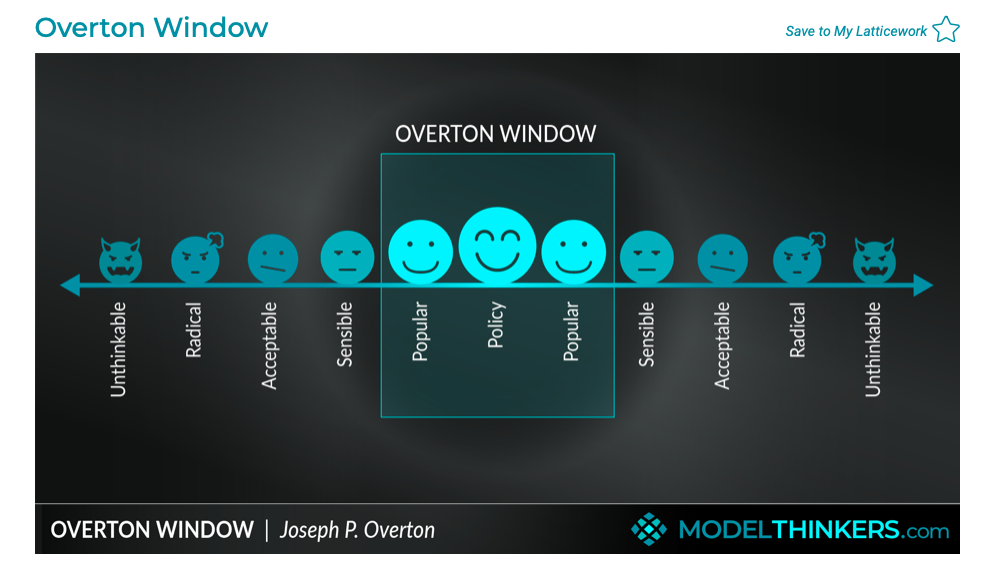Most people think a story has three parts: a beginning, a middle, and an end.
Master storytellers, like Joseph Campbell, think there are 12 stages.

Source link
The Journey of an EU Law
It is the same with European lawmaking.
A lot of people think of law making in three parts in three parts: the Commission prepares proposals; the Council and the European Parliament dispose of the proposal; and the Member States implement the proposal.
The Commission identifies 6 stages to the lifecycle of a legislative proposal:

Source: European Commission Working Methods, p.10
Most lobbyists consider that their file is unique, somehow special. They like to start afresh from the start on every procedure. I have heard people ordaining that the proposal they are dealing with is ‘unique’, ‘unprecedented’ and ‘one of a kind’. And, whilst it may be special in terms of the interests or politics at play, the adoption of the legislative or regulatory file follows a well-worn path.
Two Mental Models
I have a small circle of competence and only work on a handful of legislative and regulatory procedures: from ordinary legislative proposals, special legislative procedures (OELs), secondary legislation (Delegated acts, RPS measures, Implementing acts) and the associated work of a few supporting agencies procedures set down in laws, mainly in CLP and REACH.
For each one of these procedures, I use my own personal well-established process chart, checklists of good (and not to follow bad) practices, and case studies. I see these checklists, process charts, and case studies as a map to guide you through the legislative and regulatory journey. Each journey is slightly different, with new people, interests and politics at play, but in 99% of the time, the journey is the same.
Ordinary Legislation
For ordinary legislation, I chunk the journey down in to the following stages:
From policy formulation to policy adoption, there are around 67 steps s. Many of these steps give you a window of opportunity to influence the law you want.
What I have noticed over 25 years, is that the most crucial stage is the ideation phase. If you can win the battle for ideas you can bring your idea onto the political agenda, and indeed off the political agenda.
Once an idea moves over the agenda setting and then over policy formulation, the chances of removing an idea’s associated public policy action reduce considerably.
On many of the legislative files I have worked taking through, there is usually a rich history of 10 or more years. The idea’s arrival on the EU’s agenda and the legislative table was never surprising.
Technical law-making
For my work dealing with agencies and the subsequent adoption of measures (Delegated acts, Implementing acts, RPS Measures)
